
) Wv: Allowable load weight for vertical operation (kg) Presence of switches P: Operating pressure (MPa) U: Maximum Speed (mm/s) Stroke (mm) Mode of operation (horizontal, inclined, vertical) W: Load weight (kg) WB: Connection fitting weight (kg) : Guide's coefficient of friction L0: Distance from cylinder shaft center to work piece point of application (cm) L1: Distance from cylinder
per square mtr Newton Earth acceleration m I m2 mt m s'' s ' m s-2 m2 kg N a,F,1-6,e.p A,S v v a) J F G = kg ' rn's'2 9.80665 m's-2 N Impulse Ns Newton Second w E , W E , W M P Work Potential energy Kinetic energy Torque Power Joule = Newton meter Joule Joule Joule Watt J J t ' J w = kg . m2's-2 0.5-m-i = J's-l 3.
300 (kg) 0.84 0.97 1.14 1.43 1.58 1.64 1.85 2.09 2.52 2.78 3.10 3.34 [kg] 0.12 0.19 1 2 3000[mm/s 2] 320%(F.S.) 450%~95% 7.2[]P41 LEY 5 6() 452000Hz 1 () 7 8 9 10 11 -14- 3.2.
MB Series Air Cylinder RoHS 32, 40, 50, 63, 80, 100, 125 MB Series 10% lighter CJ1 (40-100 stroke) CJP Weight CJ2 JCM CM2 Current model CM3 1.01 kg 0.91 kg CG1 CG3 JMB Reduced weight by changing the shape of the rod cover and head cover.
Lock unit Cylinder Holding force improved by 15% (MNB, 50: 1370 N a MWB: 1570 N) High stopping accuracy within 1 mm (With 50 and 30 kg of load) Overall length reduced by 18 mm max.
Weight accessories [kg] 32 40 50 63 80 100 L 0.16 0.20 0.38 0.46 0.89 1.09 F 0.20 0.23 0.47 0.58 1.30 1.81 C 0.16 0.23 0.37 0.60 1.07 1.73 D 0.20 0.32 0.45 0.71 1.28 2.11 Example: : Cylinder 40 mm, Stroke 100 mm, bracket D Weight = 0.84 kg + (0.16 kg x 100 ) + 0.32 kg = 1.48 kg 50 Construction Principles Steel balls Spring lock (exhaust lock) The spring force which acts upon the taper ring
164.0 HC-KFS43B 156.5 2.1 SGMAH-04AAA2B 164.0 2.2 HC-MF43B 156.5 2.1 HC-KQ43B 146 2.1 Matsushita Electric Industrial Co., LTD Length(mm) Weight(kg) MSM042P1A 124 1.6 MSMA04A1A 124 1.6 MSM042P1B 157 2.0 MSMA04A1B 157 2.0 Mitsubisi Electric Corporation Length(mm) Weight(kg) Yaskawa Electric Corporation Length(mm) Weight(kg) OMRON Corporation Length(mm) Weight(kg) 3.4 3.4 HC-MFS73 142 3.0 SGME
Eccentricity 200 mm 1 10 10 0.1 Weight m (kg) Weight m (kg) Weight m (kg) 1 1 20 16 20 16 10 6 20 16 10 6 0.01 0.1 0.1 10 6 0.01 0.001 0.01 80 100 0 20 40 60 80 100 0 20 40 60 80 100 0 20 40 60 Overhang L (mm) Overhang L (mm) Overhang L (mm) Selection Example 1.
Heat generation amount by users equipment Q : Unknown [W] ([J/s]) Circulating fluid : Tap water* Example of current measurement units (Reference) Circulating fluid mass flow rate qm : (= x qv 60) [kg/s] Circulating fluid density : 1 [kg/L] Circulating fluid (volume) flow rate qv : 35 [L/min] Circulating fluid specific heat C : 4.186 x 103 [J/(kgK)] Circulating fluid outlet temperature
D0.01 20 40 60 80 100 0 -X Overhang L (mm) 17 MXH Series Selection Graph v to 2 (Horizontal Mounting) Maximum Speed 100 mm/s or Less Maximum Speed 500 mm/s or Less Maximum Speed 300 mm/s or Less Graph 0 Load Eccentricity 50 mm Graph m Load Eccentricity 50 mm Graph v v Load Eccentricity 50 mm 1 100 10 Mass m (kg) Mass m (kg) Mass m (kg) Mass m (kg) 1 10 20 16 20 16 10 6 0.1 20 16 10 6 1 0.1
Rod end configuration: Roller Example 1 Example 2 Transfer speed: 15 m/min Weight of transferred object: 60 kg Friction coefficient = 0.1 Rod end configuration: Lever Weight of transferred object m [kg] Friction coefficient
/Japanese 1 pc.), Y-strainer 20A 1 pc., Barrel nipple 20A 1 pc., Drain pan for the pump Weight (dry state) 377 lbs (171 kg) 390 lbs (177 kg) Note 5) q Ambient temperature: 90F (32C), w Circulating fluid: Tap water, e Circulating fluid temperature: 68F (20C), r Load: Same as the cooling capacity, t Circulating fluid flow rate: Rated flow, y Power supply: 200 VAC, u Piping length: Shortest
In terms of specific load conditions, this allowable kinetic energy is equivalent to a load of 3.7 kg in weight, and a piston speed of 300 mm/sec. Therefore, if the operating conditions are below these values, there is no need to calculate. 2. Apply the following formula to obtain the kinetic energy of the load. Ek: Kinetic energy of load (J) m: Load weight (kg) : Piston speed (m/s) 3.
Calculation: (Example) CDQ2WB125-30DCM Cylinder weight: CDQ2WB125-30DC6.40 kg Option weight: Rod end male thread0.94 kg 7.34 kg Auto Switch Mounting Bracket Weight Mounting bracket part no. BQ-2 Applicable bore size (mm) 125 to 160 Weight (g) 1.5 For auto switch weight, refer to page 7-9-1.
Maximum Load Weight/Non-rotating Accuracy/Maximum Holding Force CY CXWM10 1 kg CXWM16 4 kg CXWM20 5 kg CXWM25 6 kg CXWM32 10 kg Model Maximum load weight MG Courtesy of Steven Engineering, Inc.-230 Ryan Way, South San Francisco, CA 94080-6370-Main Office: (650) 588-9200-Outside Local Area: (800) 258-9200-www.stevenengineering.com Non-rotating accuracy Deflection of a piston rod is not included
In terms of specific load conditions, this allowable kinetic energy is equivalent to a load of 3.7 kg in weight, and a piston speed of 300 mm/sec. Therefore, if the operating conditions are below these values, there is no need to calculate. 2. Apply the following formula to obtain the kinetic energy of the load. Ek: Kinetic energy of load (J) m: Load weight (kg) : Piston speed (m/s) 3.
Courtesy of Steven Engineering, Inc.-230 Ryan Way, South San Francisco, CA 94080-6370-Main Office: (650) 588-9200-Outside Local Area: (800) 258-9200-www.stevenengineering.com Unit Symbol Definition mm J J mm Nm Nm Nm Nm Nm mm/s mm/s kg kg kg kg Symbol Correction value for center position distance of moment Kinetic energy Allowable kinetic energy Overhang Static moment (pitch, yaw, roll) Allowable
Port size M5 x 0.8 Pressure gauge port size [AR] 1/16 Fluid Air Ambient and fluid temperature 5 to 60C (with no freezing) Proof pressure 1.5 MPa Maximum operating pressure 1.0 MPa Set pressure range [AR] 0.05 to 0.7 MPa Nominal filtration rating [AF] 5 mm Recommended lubricant [AL] Class 1 turbine oil (ISO VG32) Bowl material [AF/AL] Polycarbonate Construction [AR] Relieving type Weight [kg
Heat quantity by cooled substance (per unit time) Q Cooled substance Cooled substance mass m Cooled substance density r Cooled substance total volume V Cooled substance specific heat C Cooled substance temperature when cooling begins T0 Cooled substance temperature after t hour Tt Cooling temperature difference iT Cooling time it : Unknown [W] ([J/s]) : Water : (= r x V) [kg] : 1 [kg/L] :
E1 2 I E[J]I[kg][rad/s] Imr m[kg] rm 5.1 19 I I I I kg kg kg kg m m m m 2 2 2 2 m: m: m: m: kg kg kg kg b 20 5-2. 5.1 5.1 32 0.023[J] 40 0.028[J] 2 t [rad]t[s] E E1 2 I t E 2 I t E[J][rad]I[kg] 2 t (1) t = & (2) C C t 2 1 tdt 2 + = = & & t=0 =0C=0 t 2 1 t 2 1 2 = = & t 2 = 21 5-3.
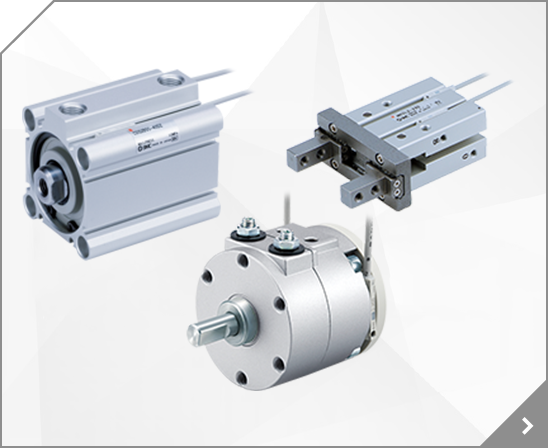


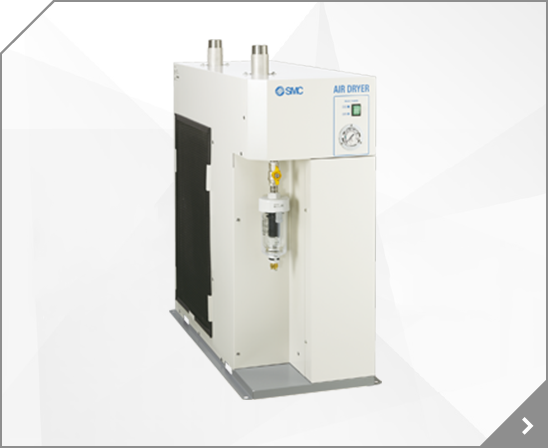
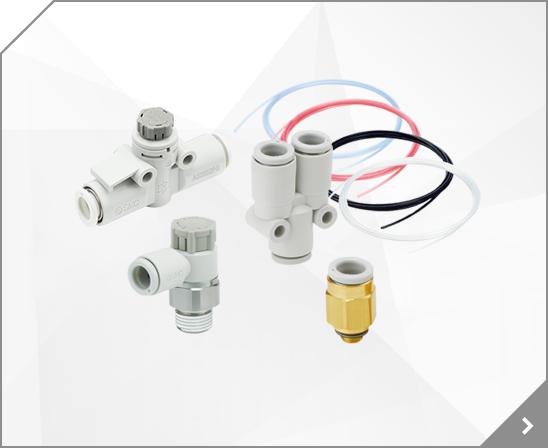
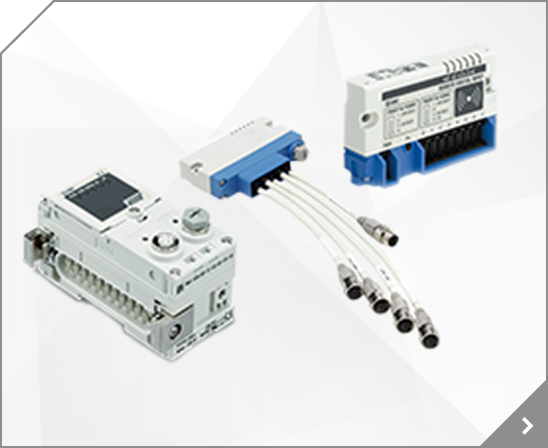
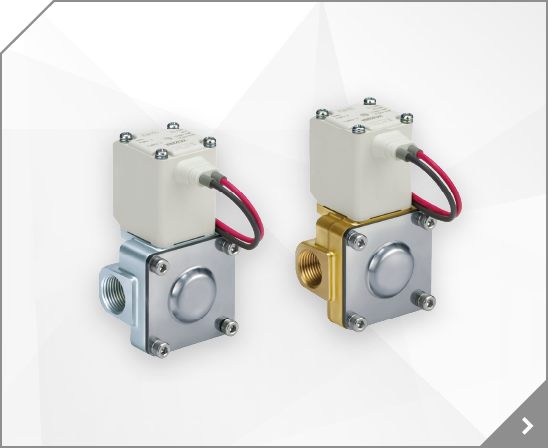
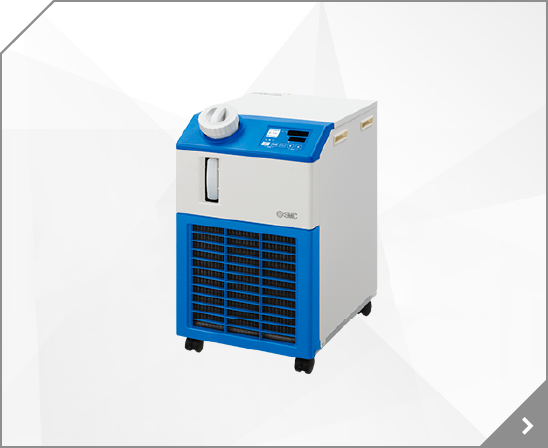
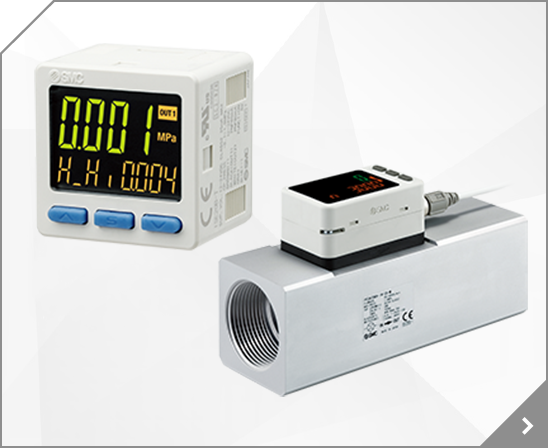
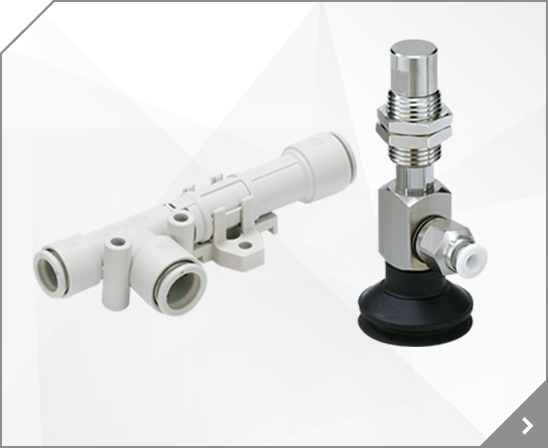

 Sine Rodless Cylinder Series REBR Direct Mount Type
Sine Rodless Cylinder Series REBR Direct Mount Type